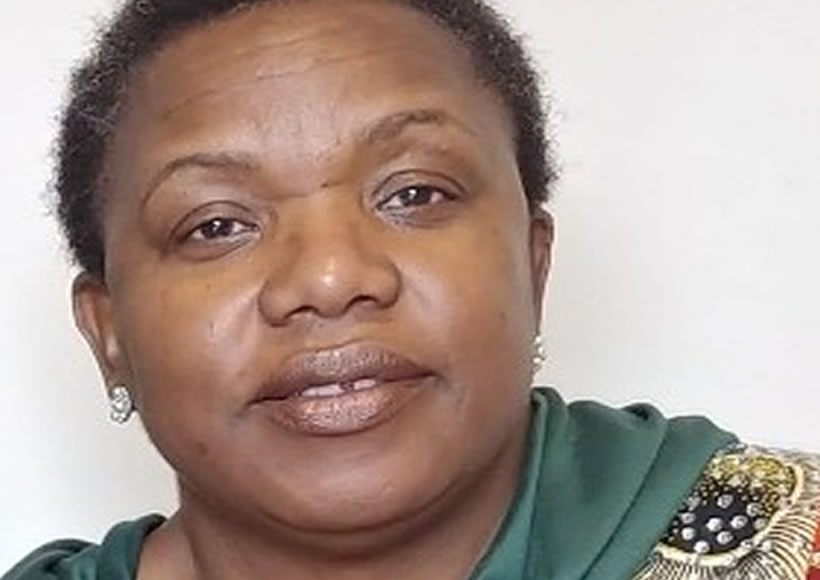My career as an educator, spans over three decades, covering two continents, two countries, and five cities, during which time, I taught in private, parochial, rural, and urban public schools, working with Children and Families of diverse backgrounds. My background coupled with these opportunities, help deepen my understanding of cultural diversity and increased my appreciation for Children and cultures. Equally so, an undergraduate degree in Elementary Education (BSc University of Liberia), advanced degrees in Early Childhood (M Ed, Kennesaw State University), Instructional Technology (EDS, Kennesaw State University), along with countless professional development courses, prepared me to work with Children and to properly deal with issues of Diversity.
The changing face of our classroom, and the explosion of knowledge by technology advancement impact demand that as educators, we recognize and celebrate our Children and all that they represent. The ‘oneness’ or ‘individuality of each Child should propel us into meeting the needs of the Child. Children come from diverse cultures, and as such should be treated with utmost consideration in our preparation and the implementation of our interaction with them.
As an educator, my approach is that of the ‘Calabash’ or the “Suitcase’ in reaching out and building the trust needed for teaching and learning to occur. One may wonder, “Why the Calabash or Suitcase?” The ‘Calabash’ is a gourd used in Africa mainly as a container among other uses such as musical instruments, decorations, utensils, etc. Likewise, the ‘Suitcase’ is a container used for carrying and protecting personal items. In both cases, the ‘Calabash’ and the ‘Suitcase’ are used when people migrate from one place to the other, to protect those things that are dear to them.
Every Child comes to school with something in their Calabash/Suitcase which holds their language, culture, and experiences. The Calabash/Suitcase symbolizes their world. Hence, as an educator, I am obligated by my calling, training, best practices, and by law to acknowledge and respect the contents of the Calabash/Suitcase and to gain the Child’s trust that allows me into their world. Only then, I am able to differentiate instruction to accommodate their language, culture, and experiences in creating a rewarding learning experience that meets the needs of the Child.
My challenge every year is to enter the Child’s Calabash/Suitcase which can be easy or difficult and can be a fast or a slow process. No matter the circumstance, the Child plays an integral role in this process and must be respected. Hence, I am intentional and transparent in my interaction to avoid misconceptions and address any misconceptions which may occur. All Children do not open their Calabash/Suitcase at the same time, nor, at the same pace.
Each year, I tell the story of the ‘Suitcase” to my students and have them illustrate what they would pack in preparation for their journey. We discuss their illustrations and I guide them in discussing the things that are important to them. I then direct them to place their ways/behavior on the top and zip the suitcase. Upon arrival at their destination, I would then ask them to open their suitcases and tell me what they see on top. For most, the response is “ways/behavior” which encompasses their language, culture, and experiences. Hence, I use this as an opportunity to introduce concepts and address misconceptions, while engaging children. Note that all children do not readily engage in the process, as they too are observing other children and adults in the hope of finding someone they can trust.
The significance of education in a third-world country is paramount to the development of that country and its people. Without Quality Education, a country can be easily mismanaged and robbed of its natural resources, particularly of its human capital, thereby, causing “brain drain”.
Quality Education for All Children is a Right that the government must ensure for All Children so they can become productive citizens. Education is a process that begins from the cradle to the grave, and should reflect the needs of the people. Thus, Quality Education for All Children is a Right that the government must ensure for All Children so they can become productive citizens. It gives leverage and has no boundaries as to what one can achieve, Quality Education by the potential of the individuals. Heavy investment in teacher training can help guarantee that “teachers know the subjects they teach and how to teach those subjects to students.’ Guided by this Core Proposition of the National Board for Professional Teaching Standards, our non-profit, Teacher Consultant Group, Inc engages in professional development to train Early Childhood Educators in Liberia, as means of helping teachers become proficient in the acquisition of knowledge and skills in building proficiency needed to become successful. We also provide educational materials to benefit Teachers and Children. In our next phase, we will train teachers to create teaching aids that are culturally relevant using resources in their environment.
Liberia, like any third-world country, must underscore the significance of education in influencing development. Education changes mindset; citizens become patriotic and protect their country. People become cognizant of their civic duties and consider themselves as stakeholders and participants in the development of their country.


